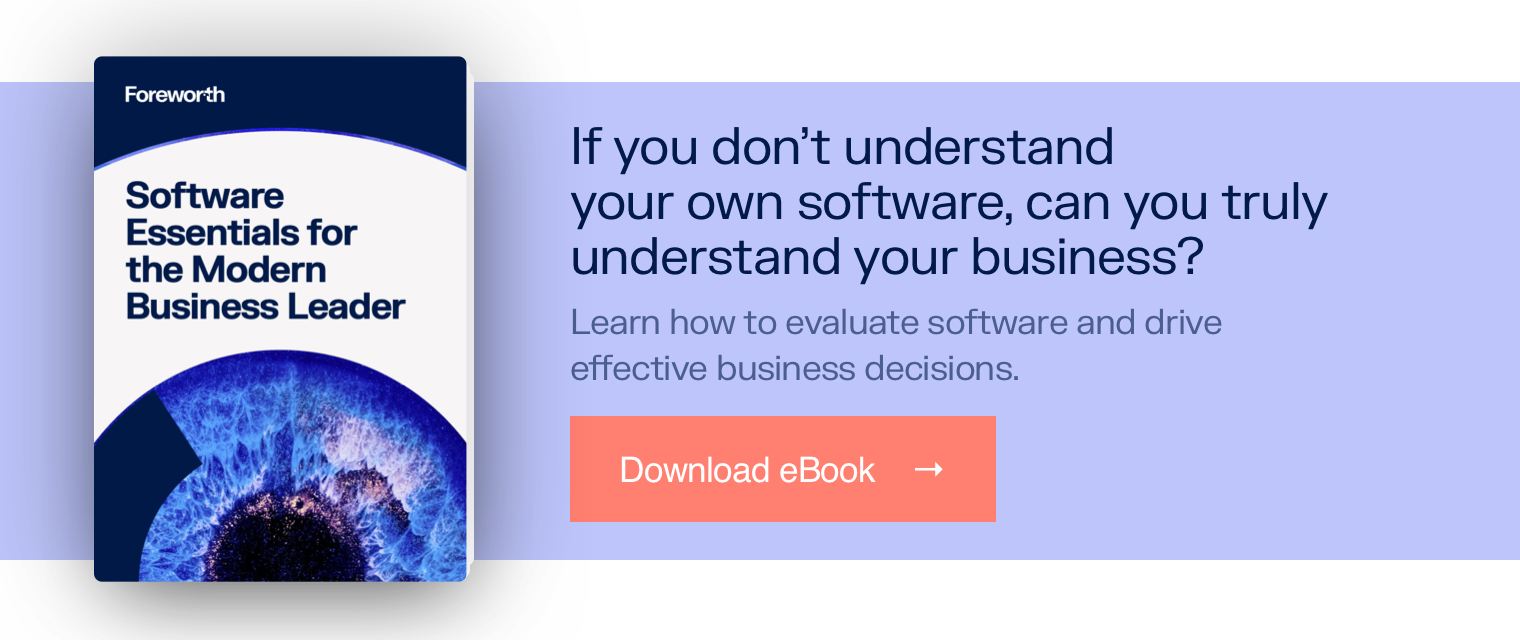Enterprise spending on software has almost tripled over the last decade, with projections for 2022 set at around $672 billion, up from $225 billion in 2009. A key contributor to the software market comes from the Software as a Service (SaaS) industry. From Amazon to Spotify, examples of SaaS success are everywhere, but what’s driving growth in SaaS, and what can we learn from its top performers?
How much is SaaS worth?
SaaS is now the fastest-growing market in the software industry today. As of 2021, it held a market cap of $145.5 billion with over 15,000 SaaS companies in operation.
The main drivers of this growth have been:
- wider internet access
- the rise of Cloud-computing
- advances in commercially available technology
The global SaaS market is expected to continue growing with a CAGR of around 27.5% annually and is projected to be worth up to $716.5 Billion by 2028.
Top Performing SaaS Examples
While the SaaS model is a great choice for startups breaking into software, there are thousands of service providers on the market. So, what does it take to lead in this field?
Looking at the data, there are 3 standouts in the industry.
ADOBE INC.
Services: Multimedia design and editing software
Market Cap*: $223 Billion
Adobe has a long history as a software provider, starting out in the early 1990s. In 2012, they began moving towards a subscription model for products, transforming into a SaaS company in the process.
To help smooth the shift, Adobe rolled out its Creative Cloud SaaS platform alongside existing products. This gave users the option to try the SaaS service or continue to purchase existing software.
They were also sure to announce their plans to move towards a subscription model, so customers had ample time to be prepared for the transition. Today, Adobe’s suite of design tools is available via the Creative Cloud platform, with options available for users to pay only for the products they need.
SALESFORCE
Services: Customer Relationship Management (CRM) software
Market Cap*: $207.3 Billion
Pioneers in the SaaS industry, Salesforce has been offering its range of CRM software as services since 1999. Popular products include customer service, analytics, marketing, and application development software.
Under CEO Marc Benioff, they challenged the one-time purchase and installation models ruling the software market, by selling itself as a SaaS company. For Salesforce, believing in the potential of their product, and doubling down on it paid off. It has remained in the top rankings for the highest valued SaaS companies ever since.
Their growth is sustained by the acquisition of new technologies and supporting their existing services with a robust network of developers. Their newest initiative is a professional streaming service, aimed at targeted content for every role in business.
SHOPIFY
Services: e-Commerce management platform
Market Cap*: $82.6 Billion
Shopify launched in 2006 as an e-commerce platform offering retailers a range of services for managing customer engagement, payments, and shipping services. They have continued expanding their services through innovation and acquisitions.
Shopify CEO, Tobias Lütke famously said,
“It’s really tough to develop a good product when you don’t have very close proximity to the people who actually use your product. The closest proximity you can have to those people is to be that person.”
Frustrated trying to customize a website for his snowboarding e-shop, Lütke set about creating his own website customization tool. He soon discovered this tool had far more potential than snowboards. By turning this software tool into a service and later into a platform, he set the stage for Shopify to become what is now the biggest e-commerce platform in the world.
3 Lessons from SaaS examples
The main takeaways from these SaaS success stories are:
- Focus on your customers. Adobe was able to leverage an existing catalog and customer base to transition to a SaaS model from a traditional software as a product model. If you haven’t shifted yet, it’s possible to benefit from it now.
- Salesforce had the foresight and the strategy to challenge the status quo in software. While you don’t need to reinvent the wheel, remember to keep your eyes open for new opportunities to disrupt the state of play in your field.
- Shopify identified a real business need and addressed it with a smart software service. Your own SaaS aspirations should start by creating a service that people need.
SaaS businesses are primed to grow even more over the next decade. Buoyed by digital transformation efforts in every industry there is no better time to get into SaaS. It’s important to learn from success stories like the above SaaS examples. You can learn more about starting a Saas business here or how to navigate the future of SaaS here.
*Valuations based on market cap at the time of writing.
About the author
Juan Pablo González
Working as Foreworth’s Chief Technical Officer, Juan Pablo (JP) manages the company’s technical strategy. With nearly 20 years of experience in software development, he ensures the development process at Foreworth is meeting its keys objectives and technical requirements.
More info →


What do you think? Leave us your comments here!